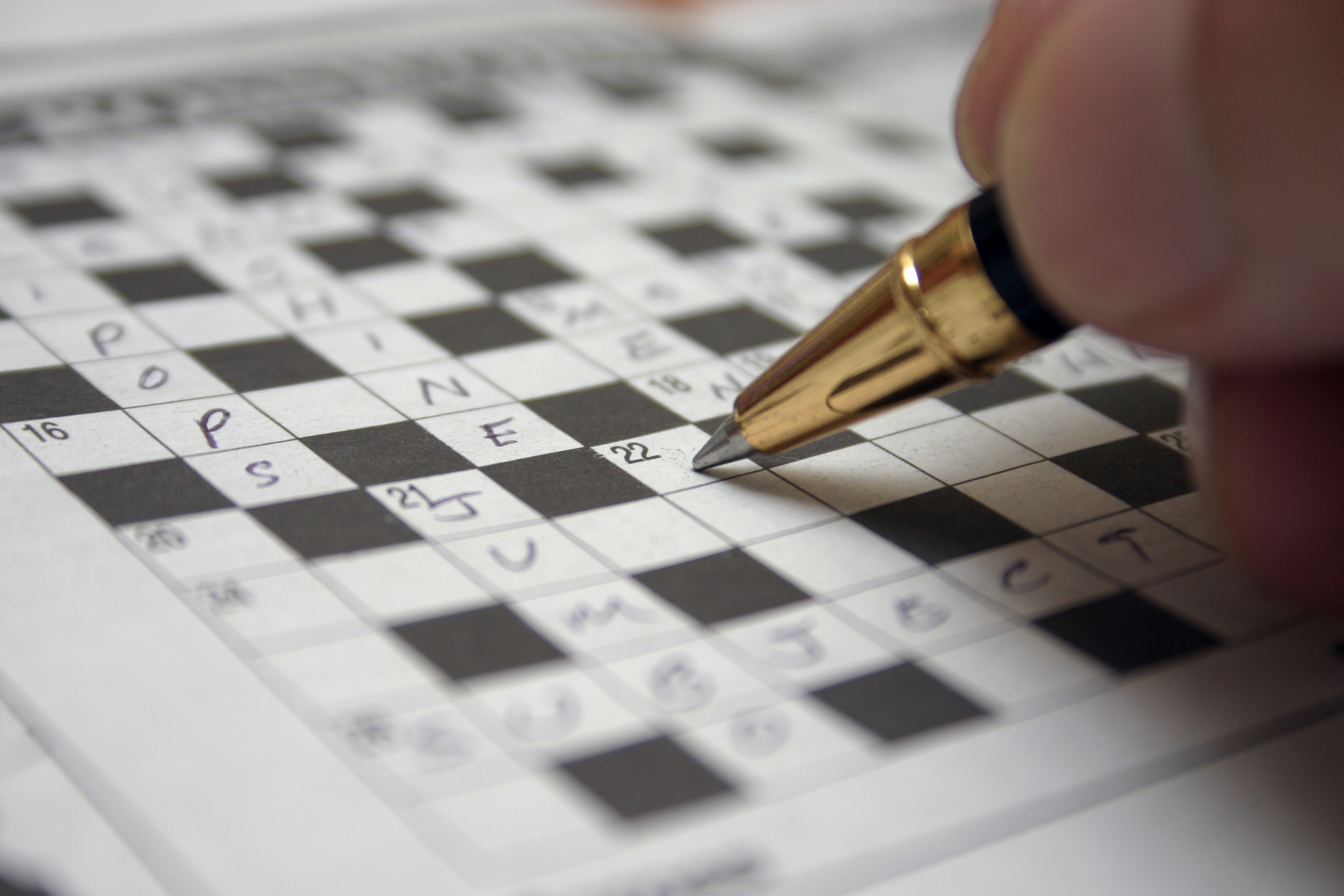The Icelandic women’s strike 50 years on
Despite closing the gender pay gap by 90%, the nation is ‘still no paradise’ for women, say campaigners
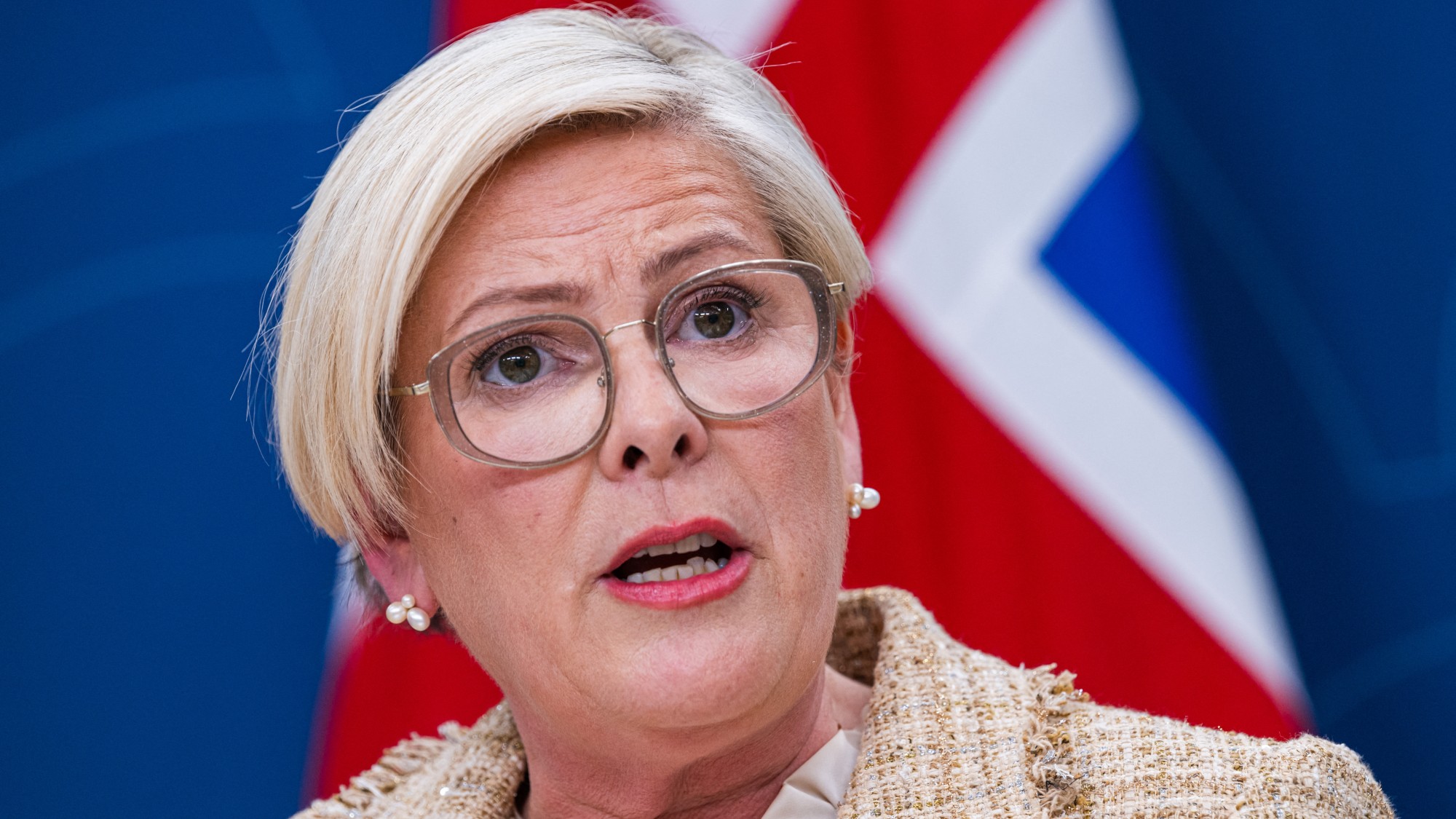
Every national leadership position in Iceland – including president, prime minister, bishop and police chief – is now held by a woman, but there’s still “work to be done”, said President Halla Tómasdóttir.
She spoke as Icelanders went on strike last week to mark the 50th anniversary of the “Kvennafrí” (“women’s day off”), which drew attention to how essential women’s labour was to Icelandic society and how undervalued it was.
‘Sweeping change’
Before the historic strike, women’s work was “valued less than men’s”, said The i Paper – women earned about 40% less than men. On 24 October 1975, 90% of Iceland’s women stopped work in protest at this inequality and 25,000 gathered in the centre of Reykjavík.
The Week
Escape your echo chamber. Get the facts behind the news, plus analysis from multiple perspectives.

Sign up for The Week's Free Newsletters
From our morning news briefing to a weekly Good News Newsletter, get the best of The Week delivered directly to your inbox.
From our morning news briefing to a weekly Good News Newsletter, get the best of The Week delivered directly to your inbox.
The women demanded equality, equal pay and recognition of their contributions to society. The strike was felt both in paid jobs and unpaid labour like childcare and housework. It paralysed the country, with schools, shops and offices closing.
It worked: the action led to “sweeping change” in Iceland, said The Guardian. The world’s first female elected president, Vigdís Finnbogadóttir, took office five years later.
Women have repeated the strike on several occasions, including in 1985, 2005, 2010, 2016, 2018 and 2023. They highlighted persistent gender pay gaps and issues like gender-based violence.
The strikes are widely seen as pioneering moments in the global feminist movement and Iceland is the only country to have closed the gender gap by more than 90%, according to the World Economic Forum.
A free daily email with the biggest news stories of the day – and the best features from TheWeek.com
‘Still no paradise’
The strikes helped make Iceland one of the world’s leaders in women’s rights. The nation is now “powered by two sustainable energies: geothermal power and girl power”, said Tómasdóttir.
But women in Iceland have warned that the country is still “no paradise”, said The i Paper. The pay gap in Iceland has grown in the past two years and the labour market “remains highly gender-segregated”; women are still doing most of the unpaid care and housework; and more than 40% of women have suffered gender-based or sexual violence.
So women “must also be alert to the backlash we see today, with the rise of populist and extremist right-wing forces,” said Unnur Agustsdottir, who was 20 when the first strike took place. The rights that women have won in Iceland have been “achieved” through “hard struggle” and “must be defended”.
Chas Newkey-Burden has been part of The Week Digital team for more than a decade and a journalist for 25 years, starting out on the irreverent football weekly 90 Minutes, before moving to lifestyle magazines Loaded and Attitude. He was a columnist for The Big Issue and landed a world exclusive with David Beckham that became the weekly magazine’s bestselling issue. He now writes regularly for The Guardian, The Telegraph, The Independent, Metro, FourFourTwo and the i new site. He is also the author of a number of non-fiction books.
-
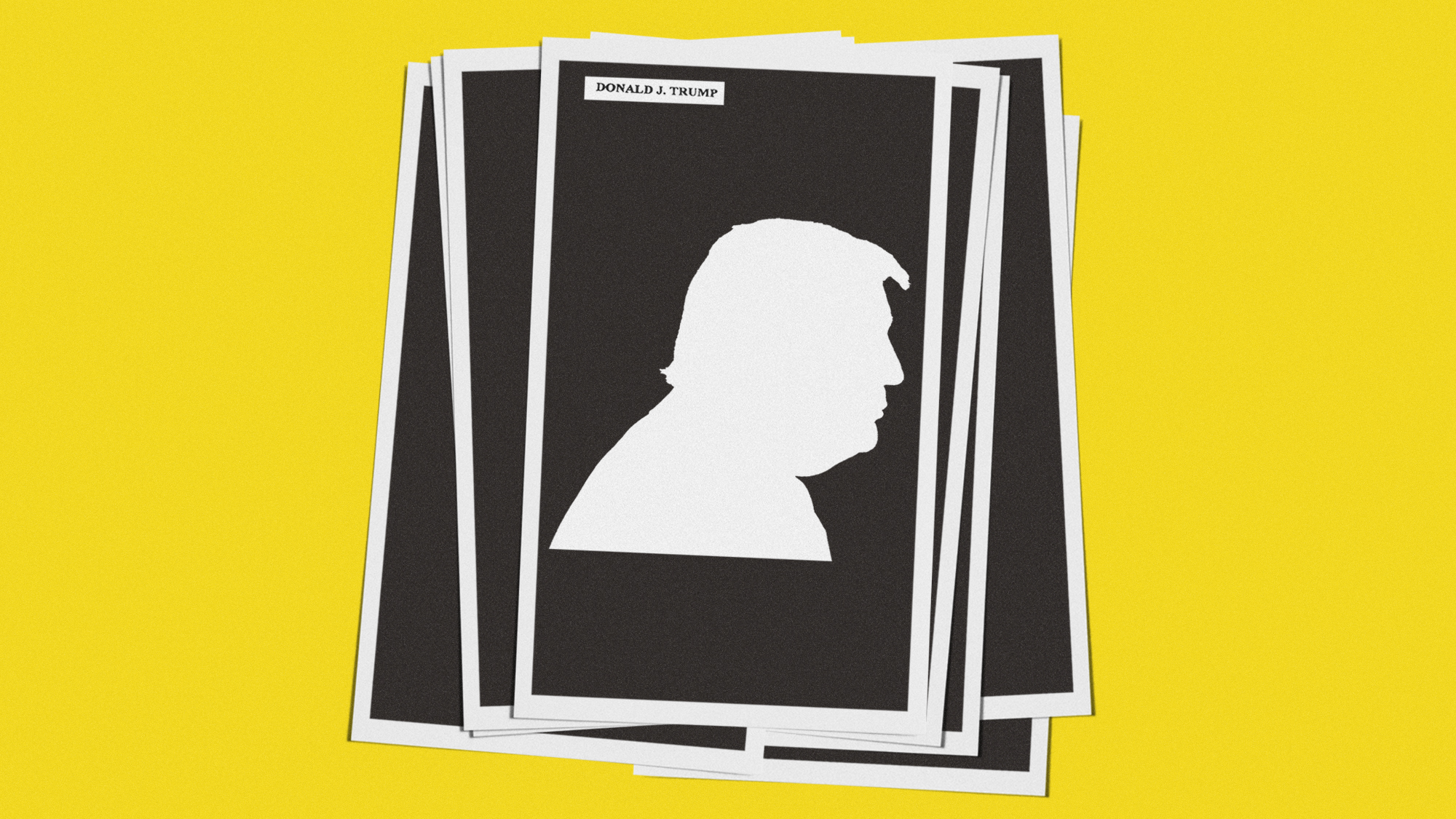 Is Trump deliberately redacting Epstein files to shield himself?
Is Trump deliberately redacting Epstein files to shield himself?Today’s Big Question Removal of image from publicly released documents prompts accusations of political interference by justice department
-
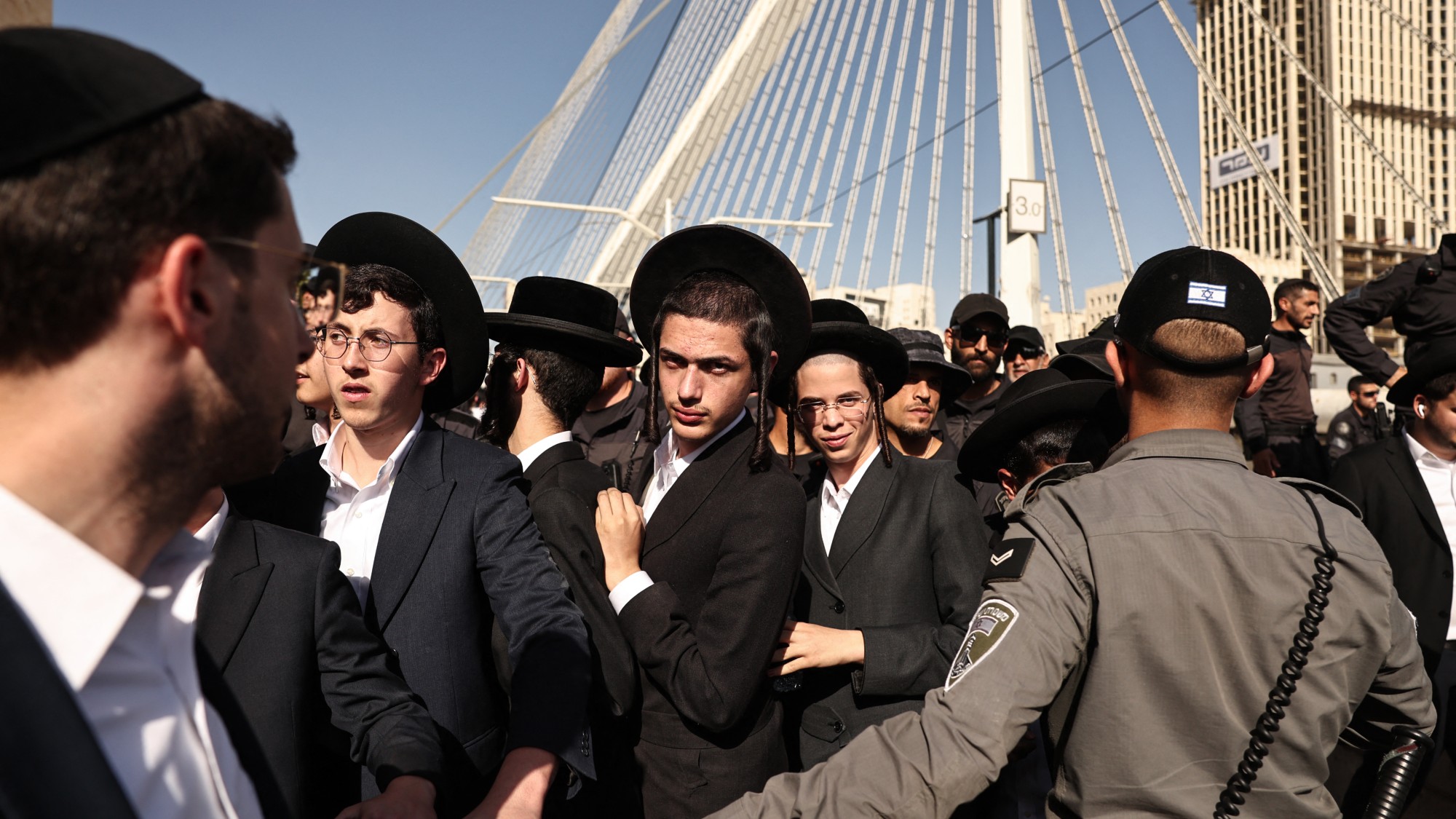 The issue dividing Israel: ultra-Orthodox draft dodgers
The issue dividing Israel: ultra-Orthodox draft dodgersIn the Spotlight A new bill has solidified the community’s ‘draft evasion’ stance, with this issue becoming the country’s ‘greatest internal security threat’
-
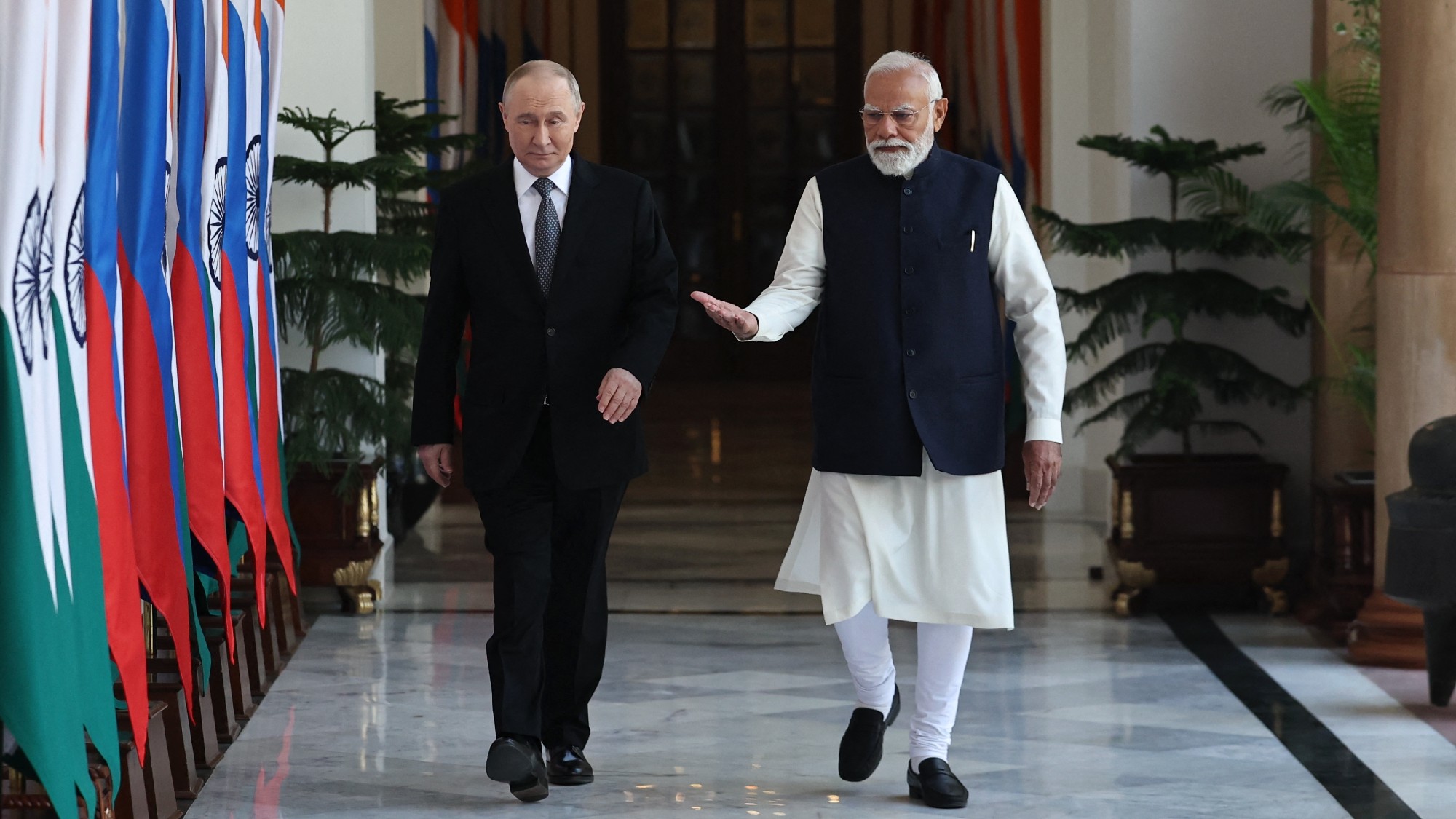 Is a Putin-Modi love-in a worry for the West?
Is a Putin-Modi love-in a worry for the West?Today’s Big Question The Indian leader is walking a ‘tightrope’ between Russia and the United States
-
 The US-Saudi relationship: too big to fail?
The US-Saudi relationship: too big to fail?Talking Point With the Saudis investing $1 trillion into the US, and Trump granting them ‘major non-Nato ally’ status, for now the two countries need each other
-
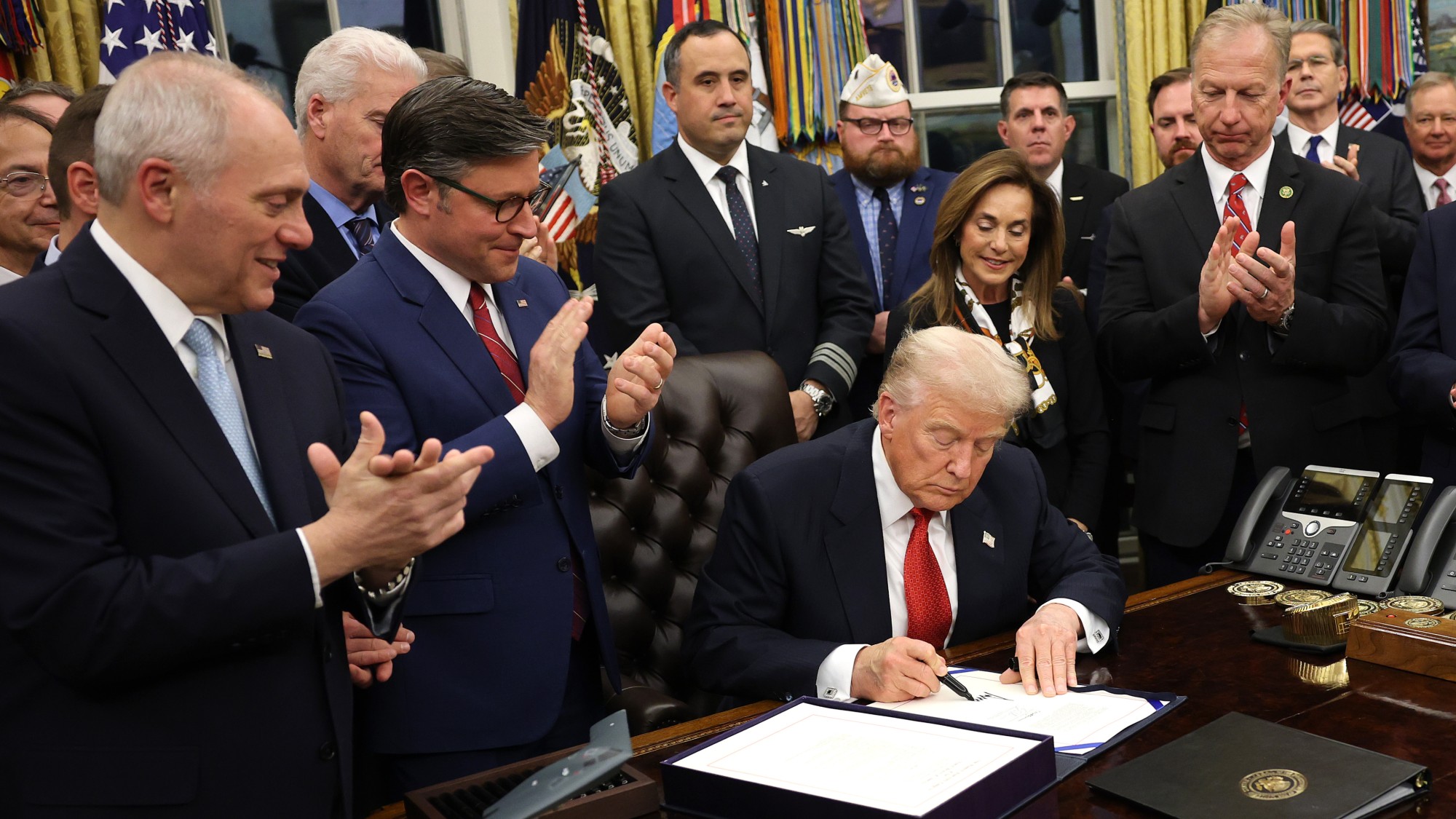 US government shutdown: why the Democrats ‘caved’
US government shutdown: why the Democrats ‘caved’In the Spotlight The recent stalemate in Congress could soon be ‘overshadowed by more enduring public perceptions’
-
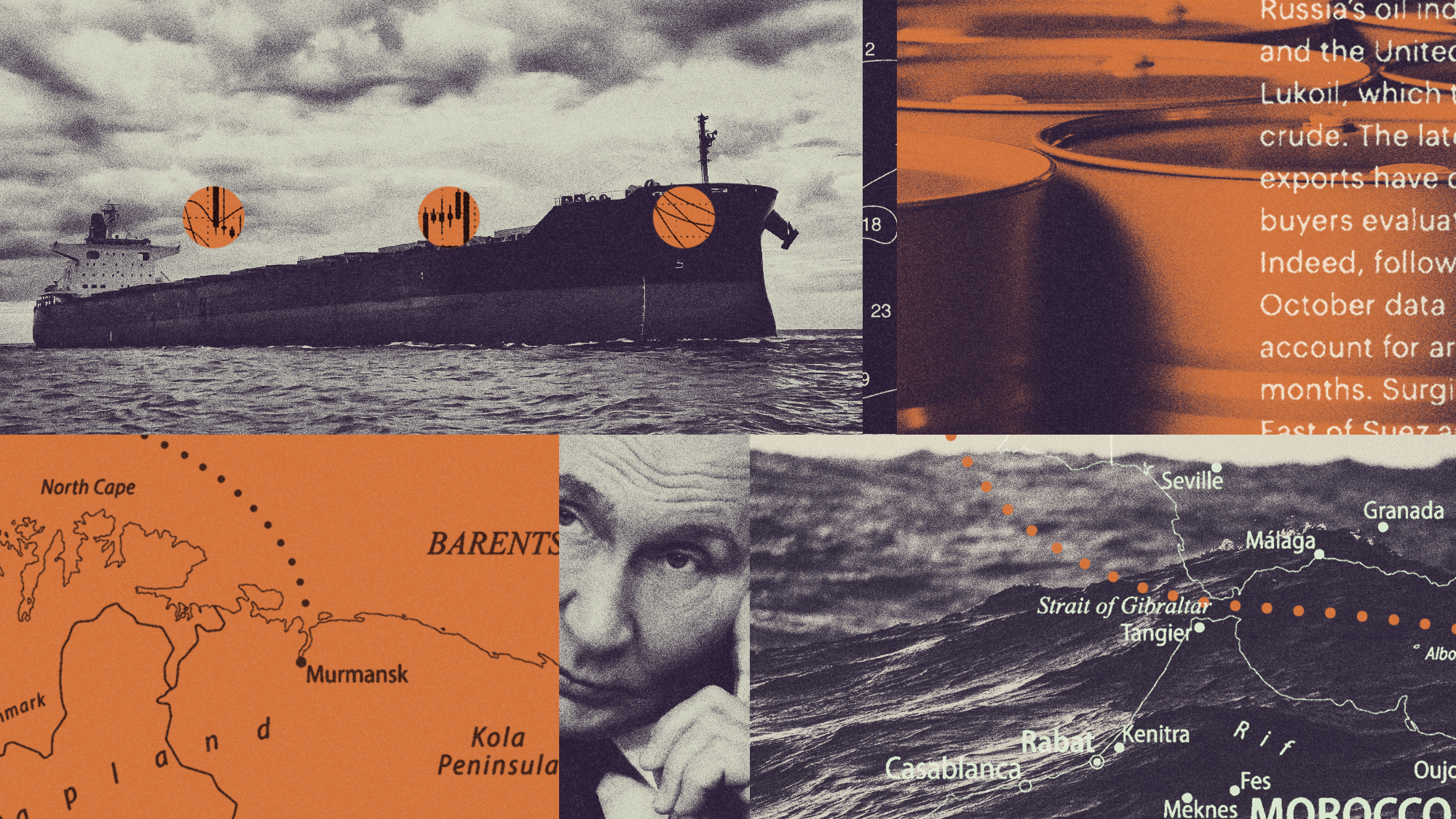 Defeating Russia’s shadow fleet
Defeating Russia’s shadow fleetThe Explainer A growing number of uninsured and falsely registered vessels are entering international waters, dodging EU sanctions on Moscow’s oil and gas
-
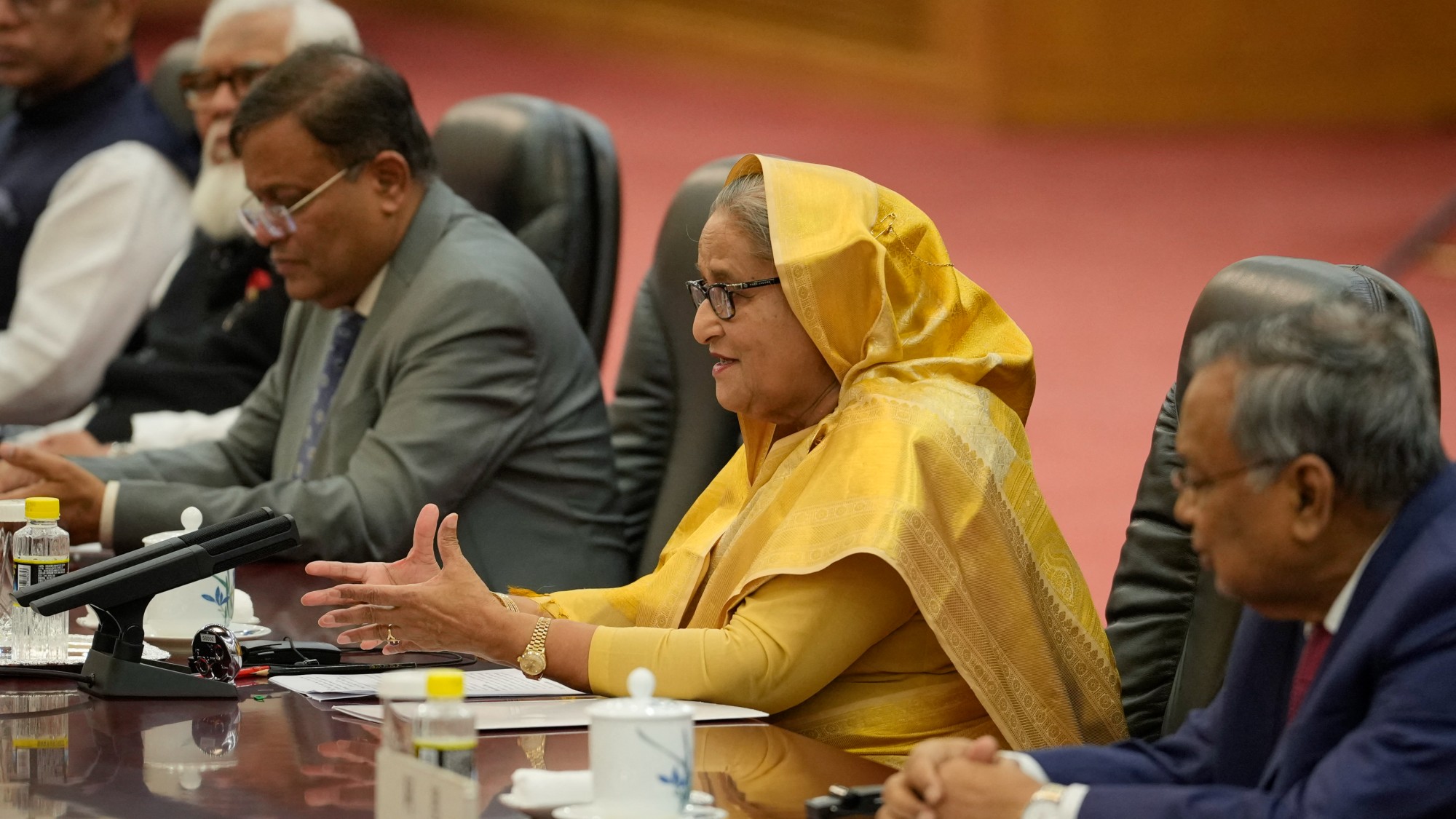 Sheikh Hasina: why ousted Bangladesh PM has been sentenced to death
Sheikh Hasina: why ousted Bangladesh PM has been sentenced to deathThe Explainer The country’s longest-serving leader spearheaded a ‘ruthless, state-led crackdown’ of protestors in 2024, and faces extradition from India
-
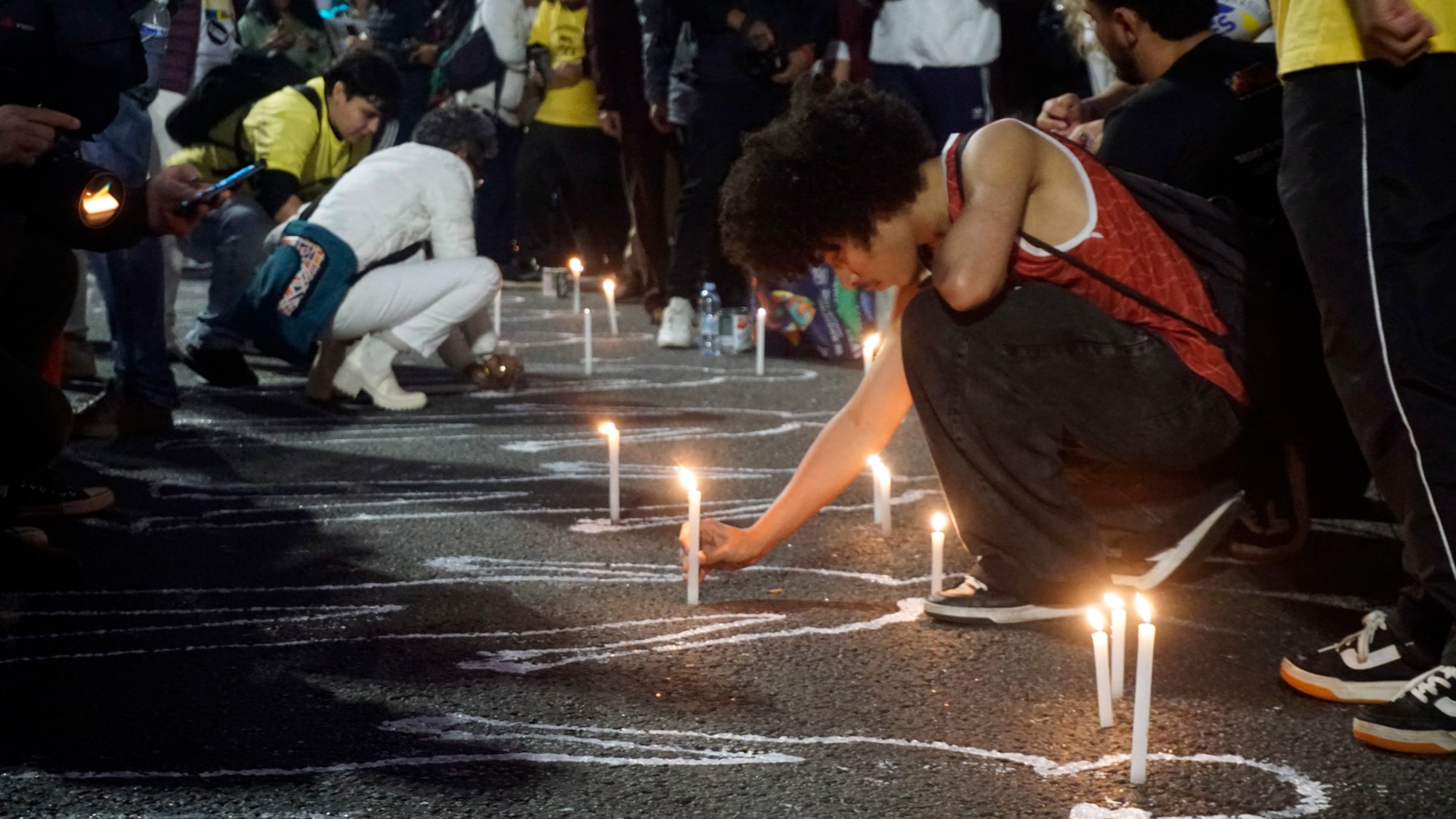 Massacre in the favela: Rio’s police take on the gangs
Massacre in the favela: Rio’s police take on the gangsIn the Spotlight The ‘defence operation’ killed 132 suspected gang members, but could spark ‘more hatred and revenge’

